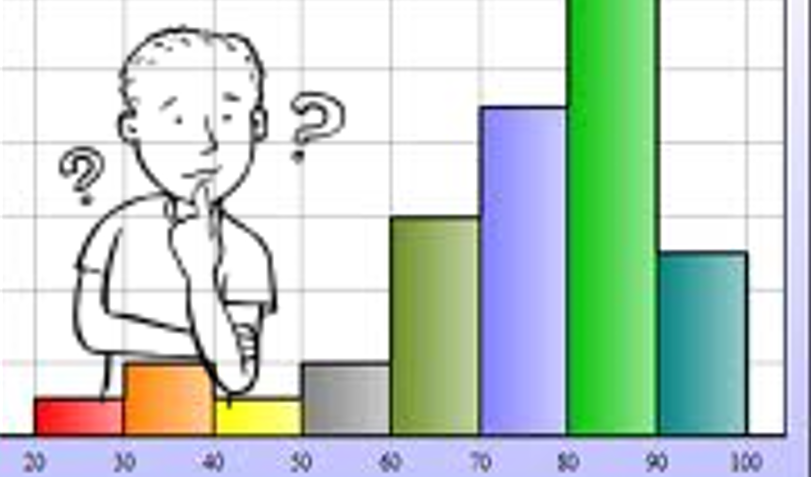Submitted by: Wendy Gilmartin
Collaborators: Nancy Aloma
School: Echo Lake
Summary
This lesson connects literature and mathematics as the problem solving throughout the lesson is based on the book 12 Ways to Get to 11 by Eve Merriam. Extension activities are provided to explore higher level thinking skills. A choice board is provided for each student to allow students to select activities appropriate for their ability. Students will explore problem solving, addition, patterns, and algebraic thinking. Technology enhances the lesson through the use of a power point presentation as well as the Pixie program where students will create an original number story using pictures and words. The number stories will be bound together in a class book. Students will then read the book to lower grade levels in the school.
TIPC Ratings
Students will identify Photo Booth as the appropriate tool to publish and share their project. Students will use the book Ways to Get to 11 as a resource on which to base their project. In the center activities, students use resources such as the world map and a poem to apply information to real world problems. By working with a partner and collaborating with one another through Think- Pair – Share activities and by evaluating one another using the 2 Stars and 1 Wish method, students are using real world skills necessary for the 21st century.
Students are communicating and collaborating with each other as they problem solve throughout the lesson, as they work in the extension centers, and as they share their book with other classes.
The extension centers provided enable students to use higher order thinking skills. Throughout the powerpoint presentation, students are drawing conclusions and solving real world problems when they reflect on their answers and explain their thinking.
Students are creating original work when they are developing their Pixie page for the class book. Students are using various objects to describe the number 13, versus simply using just numbers. Students are creating word problems to share with their peers.






